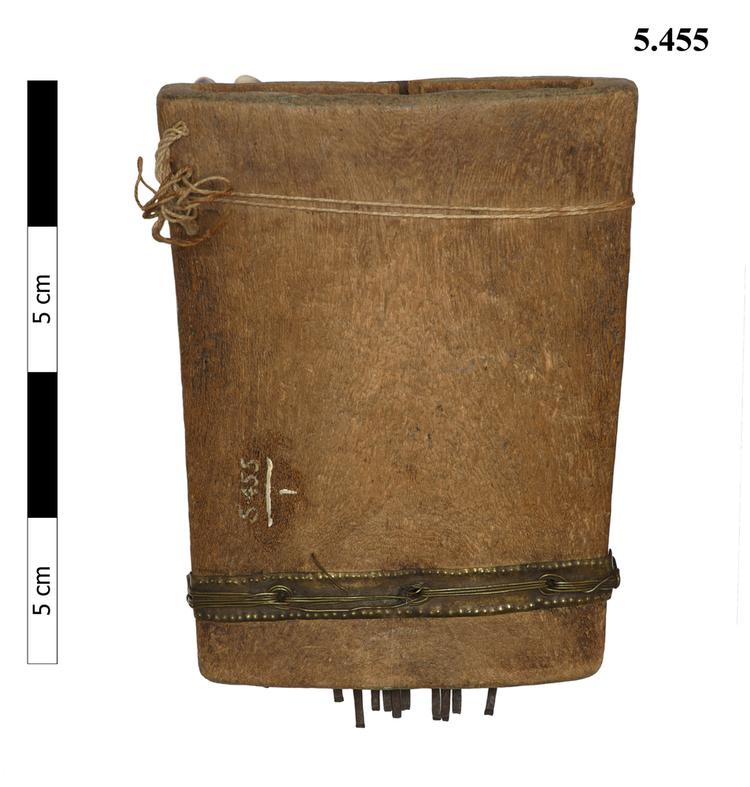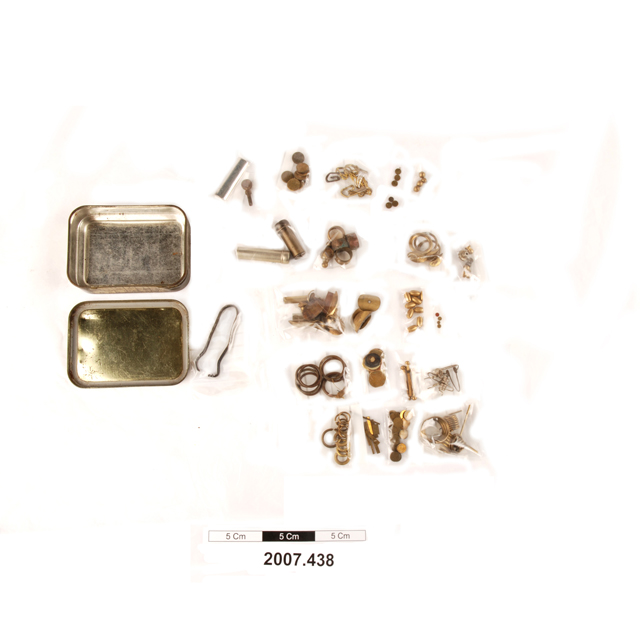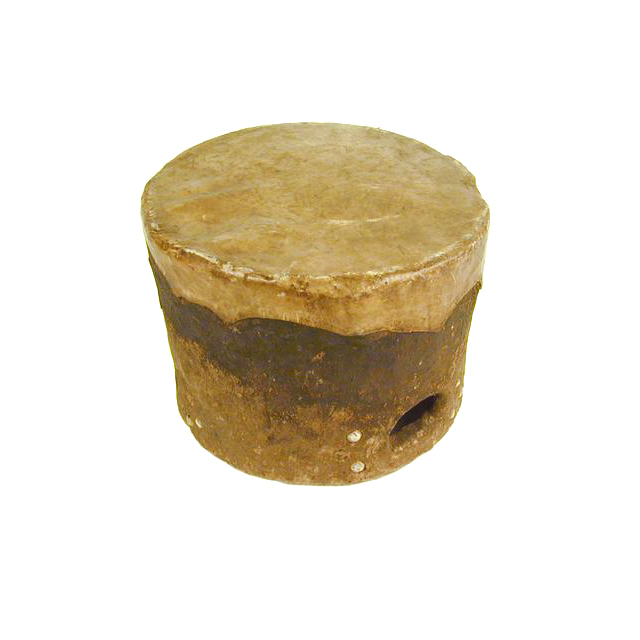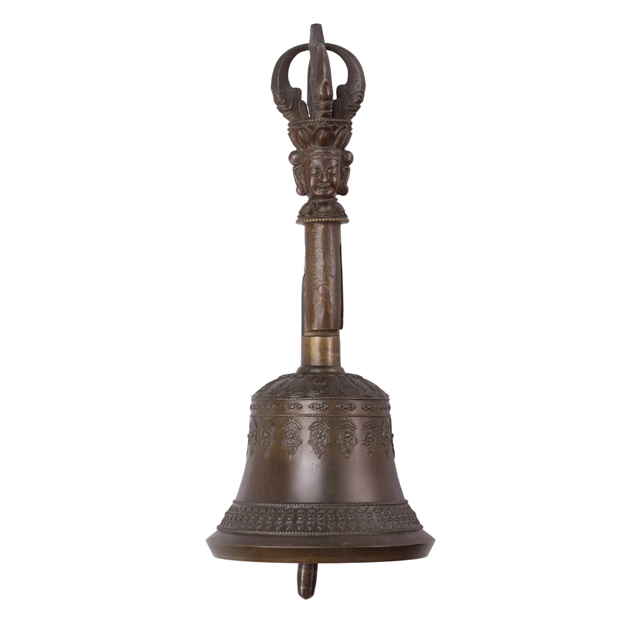Clavichord designed to sound at octave pitch. Triple fretted, with a compass of C/E to c3. Case dovetailed. There is a hand-written label under the keys in 18th-century German. The text is: "Johann Christoph Leo Chur fürstl. Mayntzisch. Bambergisch. wie auch hoch fürstl. Brandenburgisch. Onoltzbach. Hoff- und Landt orgel inspector. Nürnberg bey Herrn Herdegen Materialisten zu erfragen" Loosely translated: "Johann Christoph Leo, Court and County Organ inspector to the Electors of Mainz, Bamberg, and also his Highness the princely elector of Brandenburg [and] Ansbach. For materials in Nurnberg, enquire at Mr Herdegen." The label may be from the maker, or equally likely, it may have been glued into the instrument as a kind of calling card. Other instruments by Leo, who, like his father, was an organ builder in Augsburg, are extremely rare. There is reputedly a spinet in private hands in Melrose, Scotland, but this has not been able to be traced. Leo is a known maker, listed in Boalch (3rd ed.).
Other instruments by Johann Christoph Leo, who, like his father, was an organ builder in Augsburg, are extremely rare. He is also known to have made clavichords, harpsichords, pantalons and glockenspiels. His birth and death dates are not known but in 1721 he built the organ at the Ulrichskirche (Evangelisch St. Ulrich) in Augsburg. There is reputedly a spinet by him in private hands in Melrose, Scotland, but this has not been able to be traced.

































































































































































































































































































































































































































































































































